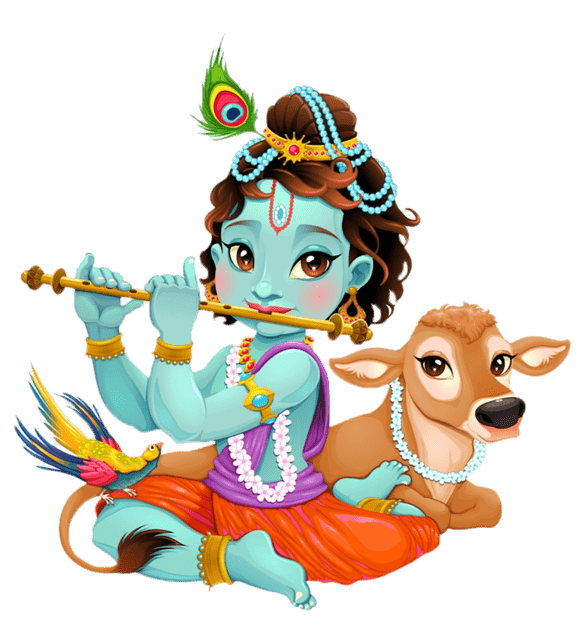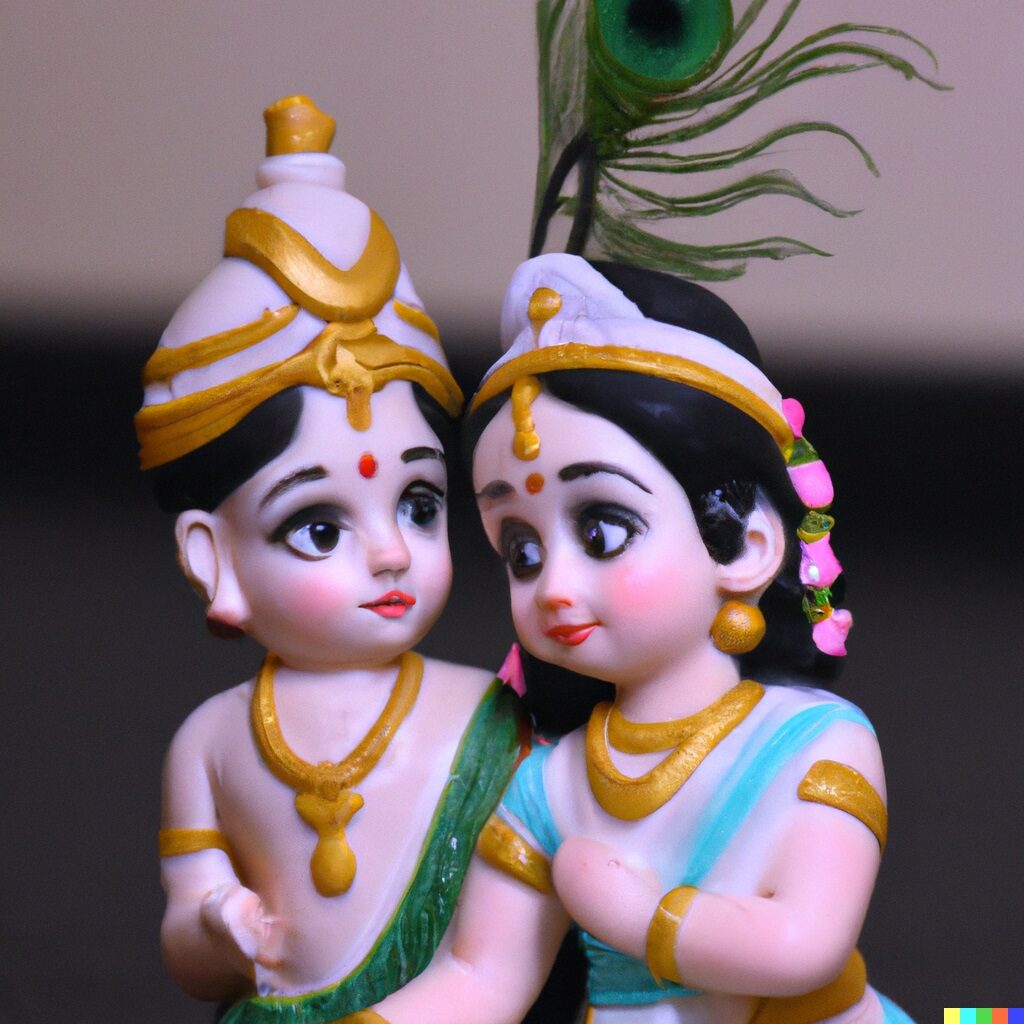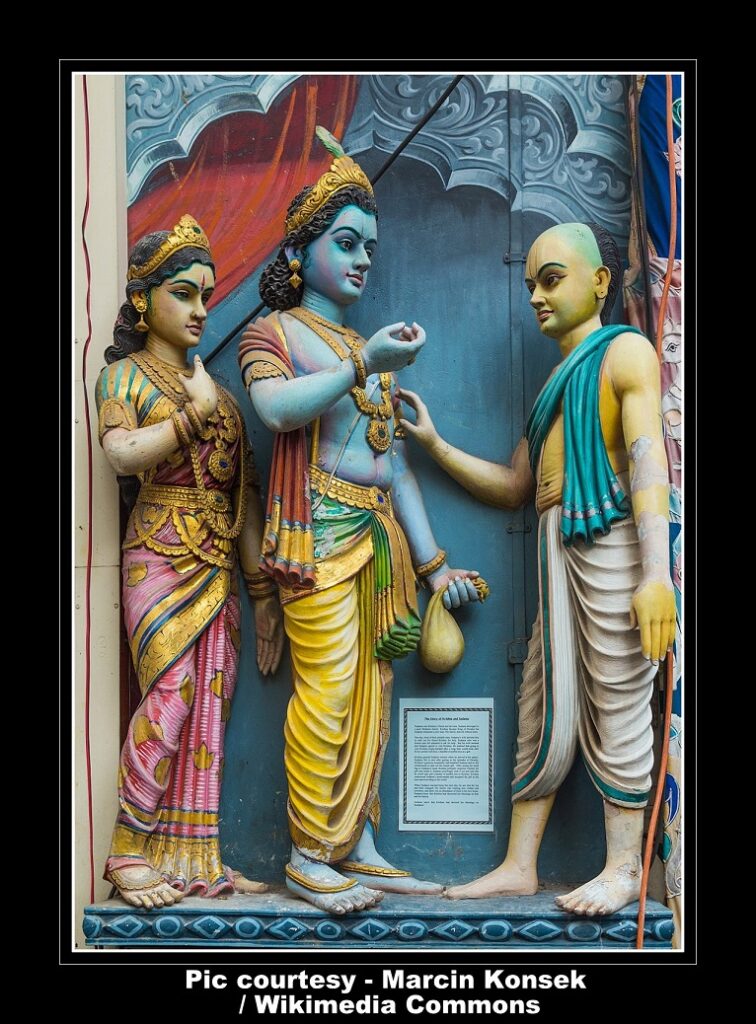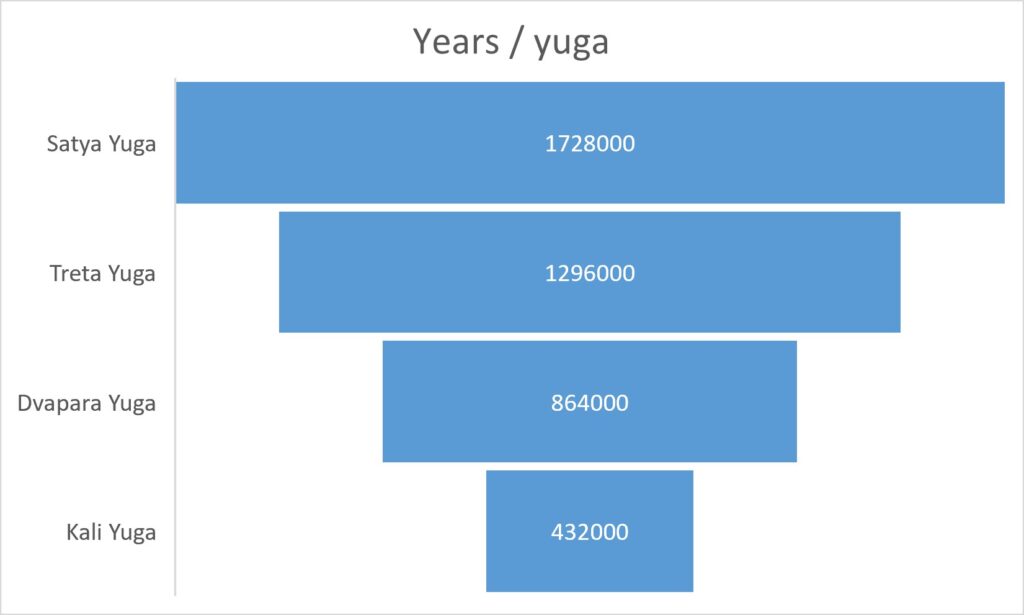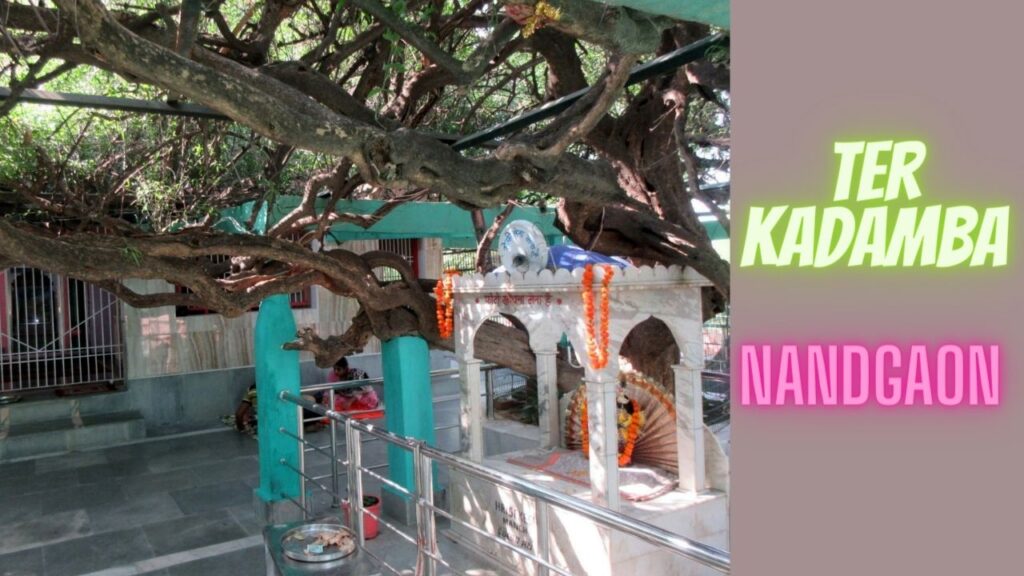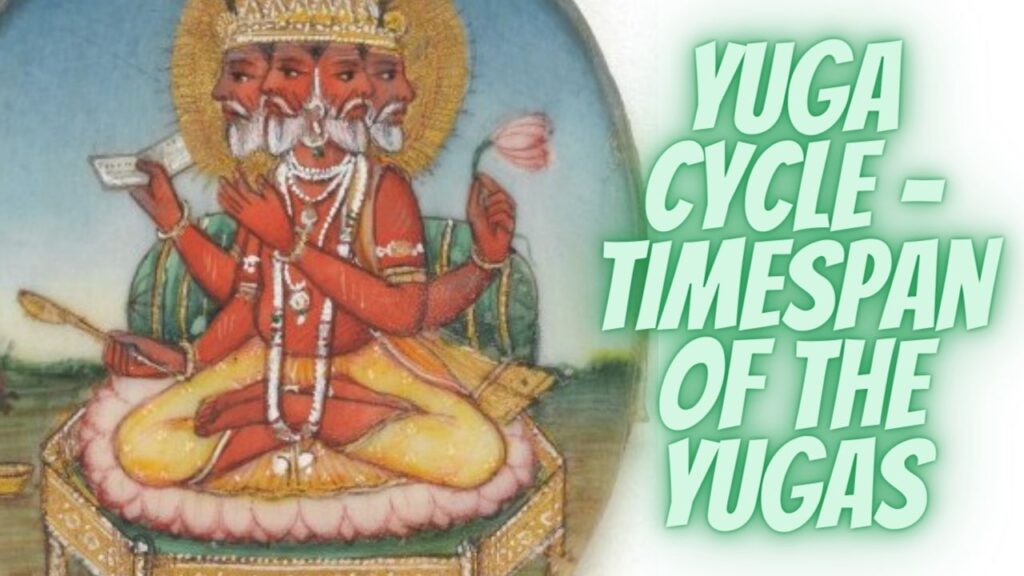
The word “Moksha” is derived from the Sanskrit word “Mukti,” which essentially means freedom. Moksha alludes to freedom from this material world and its painful bondages. This material world is characterized by four defects – birth, disease, old age, and death. All of these four conditions, coupled with the sufferings inflicted by natural disasters, other living beings, and the fear and anxiety of one’s mind, torment man throughout his life. According to Hinduism (Sanatan Dharma), Moksha is the condition where one is released from this cycle of birth and death and is happily united with God. Hence, Moksha is considered the ultimate goal of human life, and it is attained through discipline and spiritual practice. Moksha is a state of eternal bliss, devoid of any anxiety, where one realizes their spiritual identity and relationship with the Supreme Lord.
esa brahmi sthitih partha
nainam prapya vimuhyati
sthitvasyam anta-kale ‘pi
brahma nirvanam rcchati
(Bhagavad Gita 2.72)
–
This is the path of a spiritual and divine existence, upon achieving which one is not confused. By being situated in this way, even at the time of death, one can enter the realm of God.
There are five kinds of salvation (Moksha) that a spiritual practitioner can obtain at the end of his life in order to be released from the bondages of birth and death :
